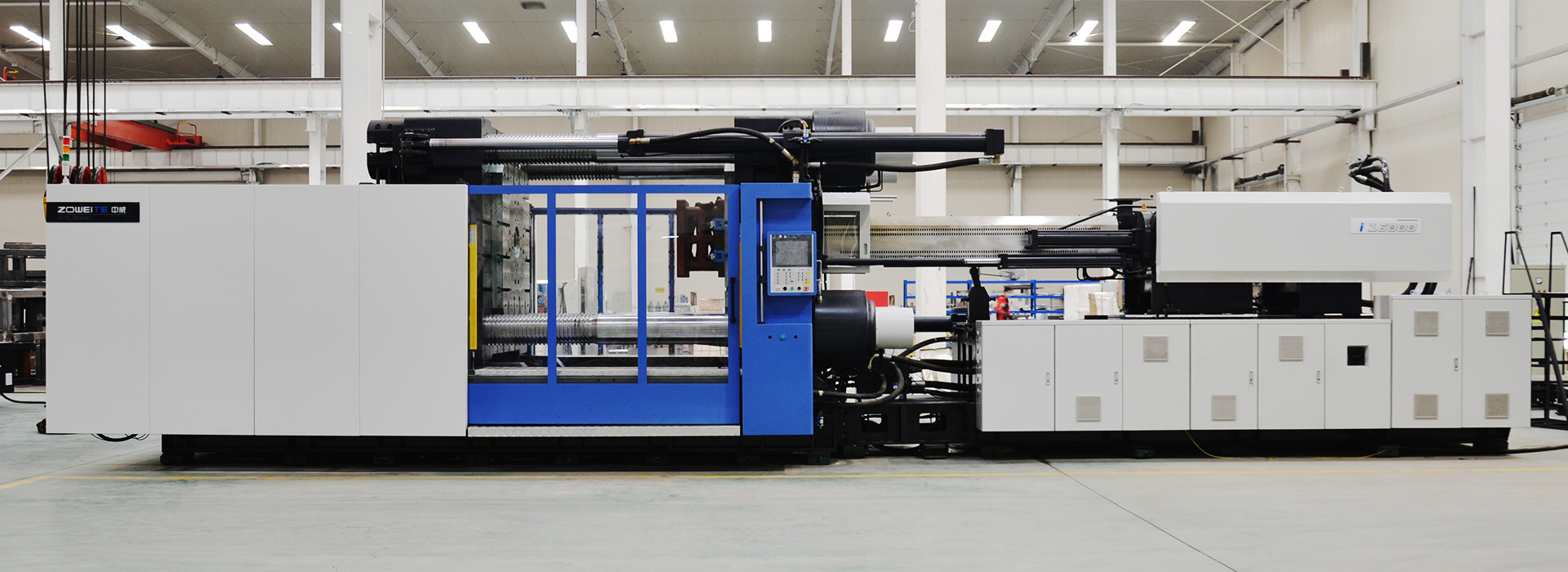How to prevent injection molding machine screw slip?
2023-08-26
Injection molding machines work by melting plastic pellets and forcing the liquid plastic through a screw, which then injects the material into a mold. Screw slippage can occur when the screw fails to create enough force to move the plastic through the barrel. This can lead to incomplete or uneven product filling and other quality issues. Here are some tips on how to prevent injection molding machine screw slippage:
Check the screw pitch:
The screw pitch is the distance between the threads on the screw. The pitch must be correct for the plastic material being used. Too low of a pitch can cause the screw to slip, while a pitch that is too high may not effectively move the material. Consult the machine manual or a professional technician to determine the appropriate pitch.
Use the correct plastic material:
Different types of plastic have different viscosities, and it is essential to use the right plastic material for the injection molding machine. Material with too low of a viscosity requires more force to move through the barrel and may cause screw slippage. Before starting production, test the plastic viscosity and adjust the injection molding machine settings according to the material's requirements.
Properly maintain the machine:
Worn machine components can affect injection molding machine performance, leading to screw slippage. Ensure the machine is appropriately maintained and serviced regularly, including inspecting the screw, barrel, and check valves. Replace worn or damaged parts as soon as possible as metal surfaces that come into contact with the plastic material can result in contamination.
Check settings:
Ensure the injection molding machine settings are correct for the specific plastic material being used, including the injection speed, temperature, and pressure. Any incorrect settings can lead to screw slippage, and making appropriate adjustments can help prevent this.
Use a back pressure monitor:
A back pressure monitor can help detect when screw slippage is occurring. This device measures the pressure at the back of the barrel to detect if there are any issues with the plastic material flow. The monitor can detect problems early, before they become more significant issues, and allow for proper correction before any quality problems occur.
In conclusion, preventing injection molding machine screw slippage requires attention to detail and proper maintenance of the machine. Using the correct plastic material, checking the screw pitch, maintaining the machine regularly, and the injection molding machine settings are critical steps to preventing screw slippage. Using a back pressure monitor can also help detect any early signs of screw slippage and prevent potential quality issues.




